issaquah podiatrist
Displaying items by tag: issaquah podiatrist
Dr. Brandon Nelson Discusses How to Get Rid of Your Neuromas Without Surgery

Neuromas refer to a condition where the nerve in the foot often becomes intolerable secondary to pain and discomfort. The majority of people with neuromas will describe a burning or tingling sensation in their foot. This pain is often worse in shoes or after prolonged periods of walking. The majority of neuroma patients are female between the ages of 40 and 60.
Historically neuromas were treated with surgical excision and patients did well with this procedure. However, newer options are available. Alcohol injection therapy and shockwave therapy continue to show increasing success for neuroma patients. The alcohol therapy works by dehydrating the nerve and decreasing the pain signal conduction to the brain. Shockwave therapy works by applying acoustic sound waves to the scarred down nerve and breaking up the inflammatory cycle and increasing blood supply to the area.
The majority of patients we see for neuromas do extremely well with alcohol injections. These alcohol injections have a success rate in the literature up to 90%. The average person needs approximately 4-6 injections 1-2 weeks apart. We have seen incredible success for most of our patients and have had to remove far less neuromas.
Shockwave protocol typically takes between 3 and 5 and often times is done in conjunction with the alcohol injection therapy. Shockwave has no down time and no pain and is one of the most advanced techniques for chronic pain.
If you are currently suffering from nerve pain or neuromas please give us a call at 425-391-8666 or make an appointment online today.
Dr. Brandon Nelson Discusses Capsulitis of The Second Metatarsal and Toe
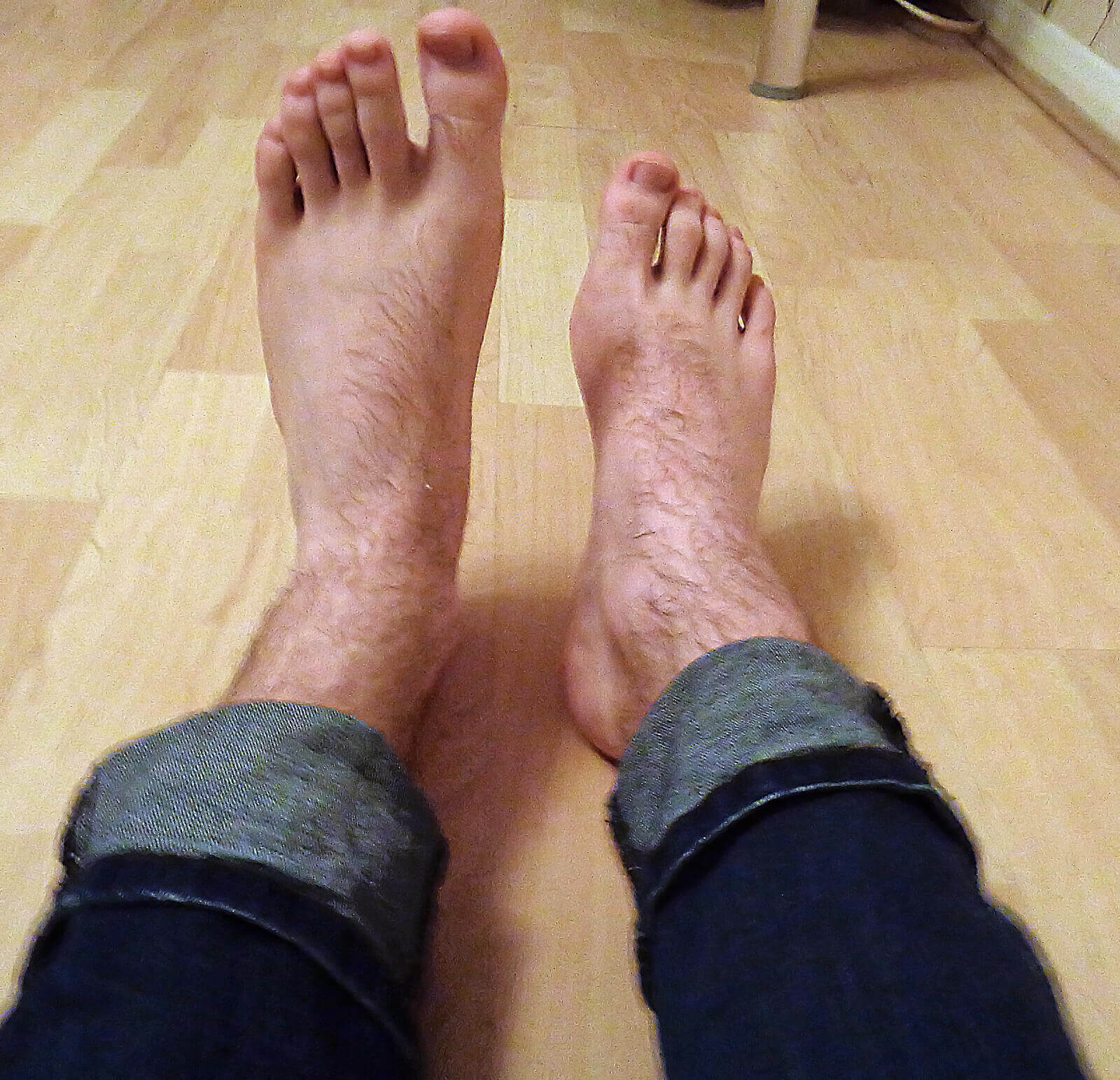
Capsulitis is a generic term for inflammation of a joint or the joint capsule. A joint is where two bone come together and are covered with cartilage and surrounded by a joint sac filled with fluid. This allows the joint to glide smoothly and motion to occur. Joints can become painful, especially with abnormal movements or increased pressures. Capsulitis of the second metatarsal is a common condition in the foot.
Capsulitis of the second metatarsal or toe typically presents with pain or swelling under the second toe. Patients often describe a burning or tingling sensation that is worse with walking. The majority of people that experience this type of condition will have other foot and ankle pathologies that are contributing to the capsulitis.
Contributing factors for capsulitis can include a tight calf muscle or a bunion deformity. A tight calf muscle can cause increased pressure to the forefoot. A bunion can create instability and again overload the second metatarsal. Other factors that can play a role in the development are a flatfoot or even shoe gear and exercise patterns.
Second metatarsal capsulitis can be very challenging from a treatment standpoint. It is important to evaluate both feet and all presenting pathologies. An x-ray is a great place to start the evaluation and look at the generalized foot structure. If you believe you have capsulitis schedule and appointment today so we can help. Give us a call at 425-391-8666 or make an appointment online today.
Dr. Brandon Nelson, a Board Certified Bunion Expert, Discusses Bunion Surgery and Covid-19
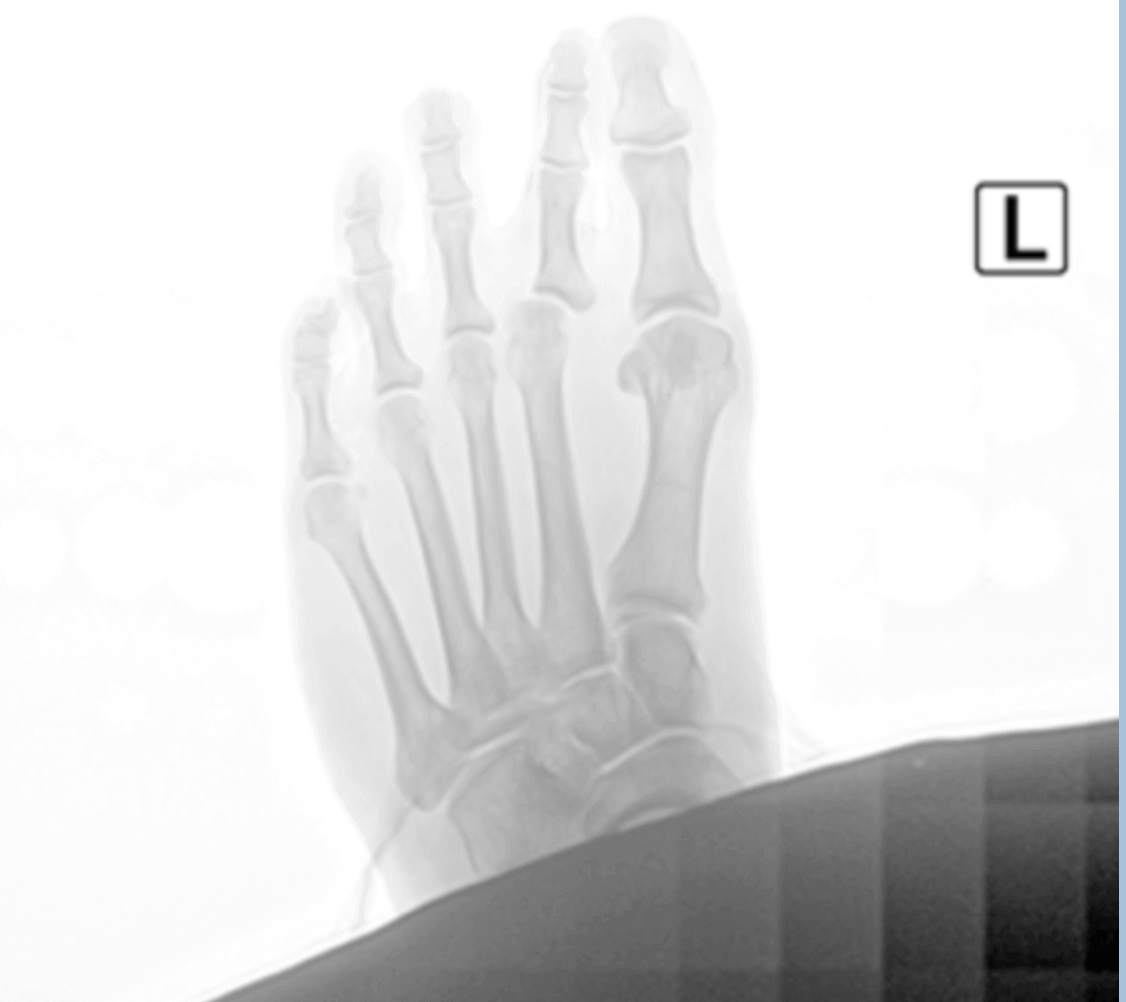
Bunion surgery and even surgery in general requires planning. Covid-19 has created a new work environment for a lot of people in Washington State. A larger percentage of people are working from home and have decided this provides an opportunity for them to have bunion surgery.
Surgery in general can be challenging, trying to find the correct time and date, planning for the recovery and taking time off work. However, we have seen quite a few people this year that have found working from home to be an advantage for surgery recovery. Without the need for a commute recovering at home and working has seem to work well.
I agree with these patients as foot and ankle surgery often requires modification to one’s work schedule. People working from home have a great opportunity to get the surgery they have been putting off. I think that this is a silver lining of Covid-19. I have personally seen our surgical load increase this year as people want to have elective surgeries they have been procrastinating.
I still think it is important to plan ahead. I like to provide my patients with all the information they require so they can prepare and make their recovery easier. Being preparde can make the surgical process much easier. Getting your house ready, making sure you have a way to get around, setting up a work station all these little tips make a big difference.
If you have a bunion or have been waiting to have surgery on your foot or ankle now is a great time. Give us a call today at 425-391-8666 or make an appointment online.
Dr. Brandon Nelson Discusses What Foods to Avoid With Gout
It is advisable to avoid especially sugary drinks and candies, however naturally occurring sugars found improvement but still usually have significant effect. In addition we know that processed foods as well can have an increased effect and uric acid production. Other foods that should be avoided include red meat, organs and wild game. In addition some fish like Salmon and Tuna should be limited as well. Alcohol consumption has a long-standing association with causing significant gouty attacks. Vegetables are generally considered safe. If you are suffering from big toe pain, swelling and redness we at Issaquah Foot and Ankle Specialists can help.
Give us a call today at 425-391-8666 or make an appointment online today.
Dr. Timothy Young Talks About Prescriptions and Post Procedure Pain Medication
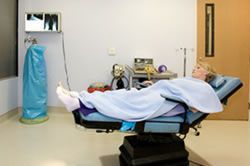
Make sure to get your prescriptions well before bunion surgery, so that they are filled, and you are ready to go. Make sure that you have everything that you need. This can range from narcotic pain medication to something to help for nausea that often accompanies the narcotic pain medication and then you might need antibiotics. If you have antibiotic's we do recommend that you take a probiotic also.
Regarding narcotic pain medication and bunion pain relief, it’s a good idea to consider promethazine or even Benadryl. Nausea with narcotics is common and it is best to have a plan to make sure that you can address nausea or be proactive, so it never happens! Medications such as promethazine and can help with nausea. Promethazine can also make a narcotic medication more effective at pain control. Promethazine can cause respiratory depression and it is important to follow your medical advice. We have lowered our dose of Promethazine from 25mg to 12.5 mg to help address concerns with respiratory depression. There are other medications such as Zofran that also help with nausea. Zofran is great because there is an "under the tounge" form that is great if you are already nauseated and cannot keep food down. That beats a suppository! Be aware that many people who take any kind of narcotic such as Vicodin or Percocet often get nausea. You should take promethazine with food and wait 10 or 15 minutes before you take your narcotic pain medication. It can be easy to lose track of what medications that you have taken and when you have taken them. It’s a good idea to keep a medication log so you can keep track of the pain medication also and make sure that you’re taking them on time with the correct schedule.
If you have questions about hallux valgus bunion surgery or bunion correction, please let us know if you would like a consultation. Give us a call today at 425-391-8666 or make an appointment online.
Dr. Young Talks About Using a Scooter After Surgery
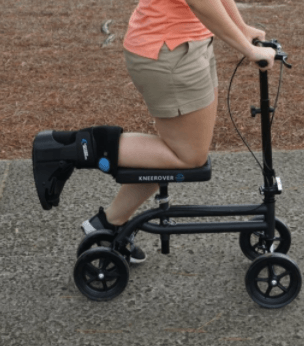
If you need to keep off your foot after surgery, then you can do this one of several ways. A scooter can be a very good option. If you have to use a scooter then you can plan on that ahead of time also. There are different ways of getting a scooter. One would be to use a medical supply company that could deliver it and possibly your insurance would pay for it. Many times our patients will look on craigslist, offer up or next-door and either buy a used one or in some cases they can just borrow one on a site such as next-door.
Either way make sure that you practice with the scooter, and make sure it is going to work in your situation. For example you may want to make sure that you’re on the main floor of your house where are use your scooter. Also, make sure that you have a plan to get up and down the stairs to you Your house. So you might need to use crutches for the house, and then keep the scooter in the car. You need to come up with a plan how to do this. Remember, it is easier to get your scooter before surgery and go through scenerios of where and how you are going to use it. When you’re done with the scooter you may be able to simply list it on craigslist or offer up or next-door and be done with it.
If you are experiencing foot or ankle pain, give us a call today at 425-391-8666 or make an appointment online.
Dr. Brandon Nelson Discusses Other Causes of Heel Pain
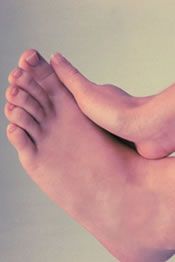
One of the most common patient complaints to a foot and ankle physician is heel pain. It is important for patients to understand there are many other causes of heel pain and we will review some of those today. A short list of these would include lumbosacral radiculopathy, plantar fascial rupture, tarsal tunnel syndrome, Baxter’s nerve entrapment and fat pad atrophy.
Lumbosacral radiculopathy:
The most common cause of back pain leading to heel pain is nerve entrapment around L4-S1 vertebral level. Most patients will have a history of back pain or heel pain that manifests. It is important to consider an MRI of back for this or any EMG NCV which are nerve conduction studies. Often times physical therapy for nerve medication can help control the symptoms.
Plantar fascial rupture:
Ruptures of the plantar fascia are relatively uncommon, but can occur for patients that have had ongoing heel pain. The majority of patients that we see rupture their fascia have had some sort of high impact activity like football players or long distance runners. Diagnosis of the rupture often includes an MRI treatment can depend on the varying degree of the rupture in the site of the rupture. There many options for plantar fascial rupture including repair.
Tarsal tunnel syndrome:
Tarsal tunnel syndrome is a nerve entrapment that is similar to carpal tunnel. Usually involves the posterior tibial nerve and branches that wrap around the heel. Many patients will describe burning or tingling in predispositions, this include patients with diabetes or a flatfoot. Often times an MRI or nerve conduction study is needed to verify this. Treatment often can require steroid injections or decompression of the nerve.
Baxter’s nerve entrapment:
This is a common condition that a lot of physicians will not recognize as this is a tough diagnosis. This can be undiagnosed or underdiagnosed relatively easily. This often times can be confused a tarsal tunnel syndrome as well. One of the key diagnostic indicators for this is inability to move your fifth digit. Again often times advanced imaging is utilized and a steroid injection and sometimes decompression the nerve is required.
Fat pad atrophy:
Fat pad atrophy is typically seen in older or obese patients. The majority us have a nice cushion on the bottom of the heel to help with shock and provide support. Often times there are thinning in other areas of the foot that can be identified help clue physicians in. This usually can be solid with a prescription orthotic and a rocker-bottom soft tissue.
If you have heel pain, call Issaquah Foot and Ankle Specialists today at 425-391-8666 or make an appointment online.
Dr. Timothy Young Talks About Plantar Fibromas and Prescription Orthotics.
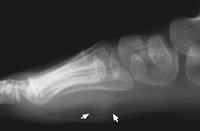
Plantar fibromas are benign soft tissue growth within the plantar fascia. This often present as a nodular bump in the instep. These are often painful especially with direct pressure. Patients will sometimes also have Dupuytren's contractu affecting their hands. They also often have a high arch foot structure. These are often diagnosed and confirmed with diagnostic ultrasound imaging and physical exam.
Dr. Timothy Young Talks About Joint fluid and Bunion Surgery.

Surgical bunion correction is a common procedure at our clinic and our Surgical Center. During bunion surgery after the skin incision, subcutaneous layer is also dissected and then the joint capsule. The joint capsule serves multiple functions. One is to help stabilize the joint–much like the ankle joint has ligaments that stabilize your ankle. The inner layer of the joint capsule produces synovial fluid to lubricate the joint.
During surgery this joint fluid comes out during the procedure. It can be helpful to replenish this joint fluid to help get the joint functioning properly again and moving like it should. There are different ways to accomplish this. We often inject sympathetic joint lubricant into the joint during the early postoperative time frame. The brand that we utilize is called Supartz. This was originally FDA cleared to help protect the knee joint and treat knee joint symptoms. We use Supartz in many different applications within the foot and ankle. But after bunion surgery to get the joint moving again, is certainly one of them. This can also be very helpful if the patient has arthritis of the great toe joint and has to have a joint cleanup procedure to remove some of the bone spurs and repair cartilage.
Dr. Brandon Nelson Discusses Home Remedies For Heel Pain and Plantar Fasciitis

There is always a lot of discussion about what patients can do at home to help with plantar fasciitis. There are a couple simple instructions that can be helpful for heel pain or plantar fasciitis. One of the most important concepts is icing. Plantar fasciitis is an inflammatory disorder that is directly related to increased pressures on the heel and/or tight calf muscles. Icing can be extremely beneficial for the inflammatory component of this pain. I recommend icing at least 10 minutes a day and most patients will find this extremely beneficial. Icing actually decreases the blood supply to the fascia which helps decrease the inflammatory cascade.
However, decreasing the blood supply to the fascia can delay the healing process so it is essential to have any pain in the foot or ankle evaluated by a podiatrist. The majority of heel pain is caused from plantar fasciitis and before starting any treatment it is important to know the cause. Another treatment option I can be performed at home that patients find it extremely beneficial is calf stretching. It is important to stretch both the gastroc and the soleus muscles so one must perform stretching with both the knee extended the knee flexed. The majority of plantar fasciitis is extremely amenable with conservative measures. If you suffer from chronic heel pain or pain in general of the foot or ankle, please give us a call and we’ll get you back on the road to recovery.



